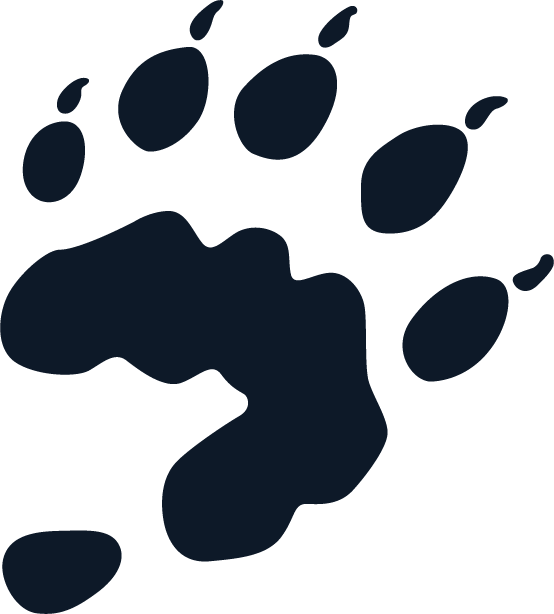From April to June, Wildlands Network held three webinars on wildlife infrastructure projects in partnership with ARC Solutions, the Center for Large Landscape Conservation, and the National Parks Conservation Association.
This first webinar took a big picture look at the problem, solutions, and benefits of reducing motorist crashes involving wildlife and reconnecting habitat across roadways.
Patty Garvey-Darda, a wildlife biologist for the U.S. Forest Service, told our audience about the importance of the Snoqualmie Pass wildlife crossings that were implemented along a 15-mile stretch of highway in Washington State. The crossings help connect core habitat for endangered and threatened species living on Forest Service land which has been separated by the highway. This project has been a tremendous success story: wildlife vehicle collisions are now non-existent in the fenced half of the project area.
While Patty’s story gave viewers a full overview of a successful project, Rob Ament, Road Ecology Program Manager of the Western Transportation Institute, drilled down into the range of mitigation measures that can reduce wildlife-vehicle collisions and the costs and benefits associated with those various solutions.
Lastly, Scott Jackson, Extension Professor in the Department of Environmental Conservation at the University of Massachusetts Amherst, spoke to the audience about the value of maintaining and restoring aquatic connectivity. He identified the common barriers to fish and aquatic species passage, the detrimental effects of fragmenting these ecosystems, and the culvert, bridge, and other design considerations that can improve aquatic connectivity.

